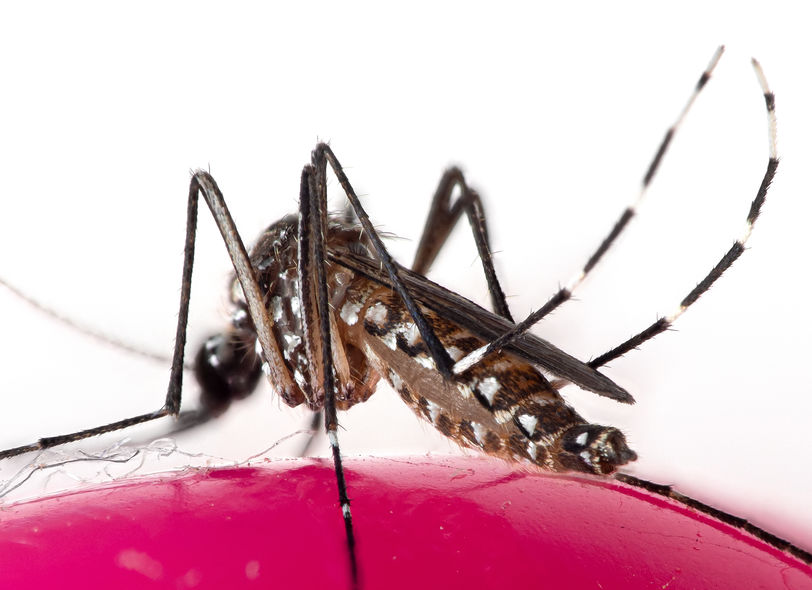After experiencing an epic and humiliating fail attempting to claim migrants are fleeing Honduras due to crop failure caused by climate change
(https://www.nytimes.com/2019/04/13/world/americas/coffee-climate-change-migration.html), the New York Times is now changing its story. Well, sort of.
In a newly published article, the Times abandons its drought/crop failure storyline and now claims global warming is causing Honduran migrants by creating a dengue fever epidemic. They just knew climate change was to blame, they just hadn’t figured out how.
The Times’ new climate-change culprit is just as dubious as its last climate-change culprit. The Times claims Honduras in the past year “suffered bouts of unexpectedly intense rainfall,” (https://www.nytimes.com/2019/12/29/world/americas/honduras-dengue-epidemic.html) – which it blamed on climate change – and said this made for easier breeding of dengue-carrying mosquitoes. Yet this asserted cause contradicts the Times’ assertion earlier this year (https://www.nytimes.com/2019/04/13/world/americas/coffee-climate-change-migration.html) that Honduras is experiencing less rainfall – again caused by global warming – which in turn allegedly caused crops to fail. Well, which is it? The answer is whichever can most easily allow climate alarmists to blame something unpleasant on climate change.
In addition to the logical fallacy that global warming can not be causing more rainfall and less rainfall at the same time, other problems exist with the Times’ new storyline. For example, the Times admits Honduras “accounted for more than 40 percent of the dengue deaths in Central America this year.” So, if global warming is causing such a disproportionately high number of dengue deaths in Honduras, then global warming must also be causing such a disproportionately low number of dengue deaths in every other nation in Central America. That seems like a net overall benefit.
The Times also asserts that climate change is expected to “increase the spread of dengue worldwide by expanding the range of the mosquitoes that carry the virus.” Yet if more abundant precipitation expands the range of mosquitoes, will the Times and its fellow climate alarmists stop griping about drier conditions when they occur? Of course not.
Yet just as importantly, the Times acknowledges that the reason Honduras suffers such disproportionate dengue affliction is the crime and lack of effective government presence throughout Honduras. “Public health teams, already stretched thin by budget cuts and a lack of trained personnel, have been blocked by gangs from entering some of the most severely afflicted neighborhoods to educate residents and fumigate against mosquito infestations,” the Times admits in the body of its story, buried under its alarmist headline blaming climate change.
The most troubling aspect of the New York Times and other climate alarmists blame climate change for the tragedies occurring in Central America is the false storyline prevents American public sentiment and policymakers from mobilizing. This to address the real problem of such human misery – crime, drug cartels and governments too corrupt or powerless to root out the causes.
By telling a false story that global warming is to blame, climate alarmists block any effective response and are directly responsible for the perpetuation of such misery for thousands upon thousands of deaths and destroyed lives. That is simply imho.
